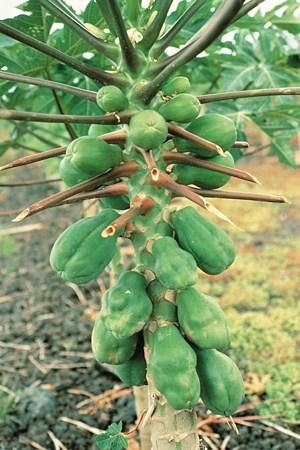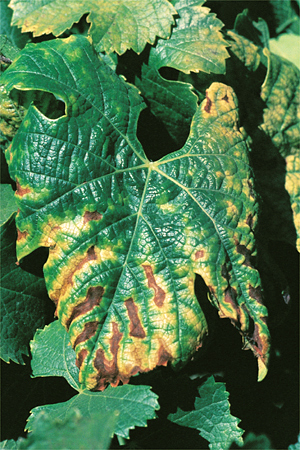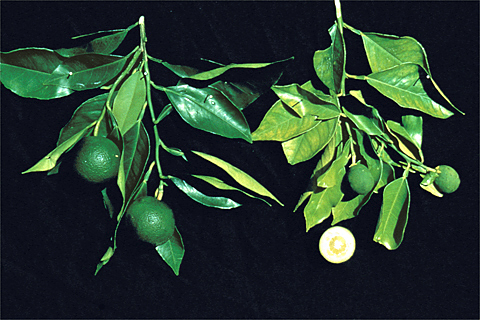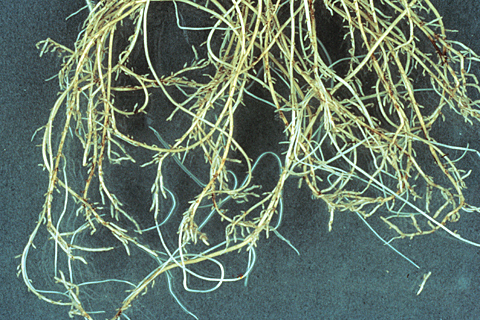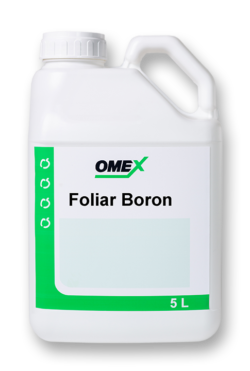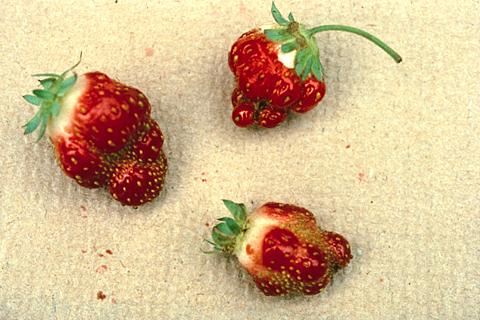
Boron deficiency affects a range of crops including root crops, oil seeds, cotton, vines, field brassicas and other vegetables.
The primary factors affecting boron availability are soil pH and soil moisture. Crop production on dry soils with pH >6.5 should be identified as being at greatest risk of boron deficiency.
Boron is actively involved in the transport of sugars across cell walls and the synthesis of cell wall material. Because of the impact on cell development, Boron deficiencies will retard new growth and development.
Boron deficiency will cause brittle leaves in sorghum, brassica and sugar beet crops. Cotton is also very susceptible to boron deficiency causing distorted flowers leading to flower and boll shedding in severe cases. Pollination is greatly influenced by boron availability.
Sufficient boron is required for pollen producing capacity and pollen grain viability. Grapes particularly require adequate boron if impaired fertilisation is to be avoided.
The Role of Boron
Form – Taken up as ionic BO3-, Boron plays a central role in a wide range of cellular activities.
Function – Boron is involved in the formation, germination and development of pollen, affecting flowering and seed or fruit set. Boron is also involved in plant functions such as maturation, respiration and cell division. Linked to Calcium uptake, Boron plays a major role in the formation of starch in seed, tubers and fruit.
Symptoms – low Boron status affects younger tissue, particularly active growing points of shoot, root, flower and fruit. Plants display a bronzed appearance. Often associated with low Calcium status, plants suffer from slow growth and poor or irregular expansion of tissue at the growing points.
Significance – Boron stress reduces flowering response and pollination, leading to reduced seed, tuber or fruit set. Maturation is delayed and starch accumulation is reduced, leading to slower development and greater risk of internal problems in seed and fruit. Low Boron status is often associated with reduced tolerance to drought and heat stress, low Brix and increased disease pressure.
Actions – check soil status and root development for compaction. Routine foliar treatment can be very effective, especially during the early stages of plant development and times of stress.
Use OMEX Foliar Boron to increase pollen development and maximise fruit set:

